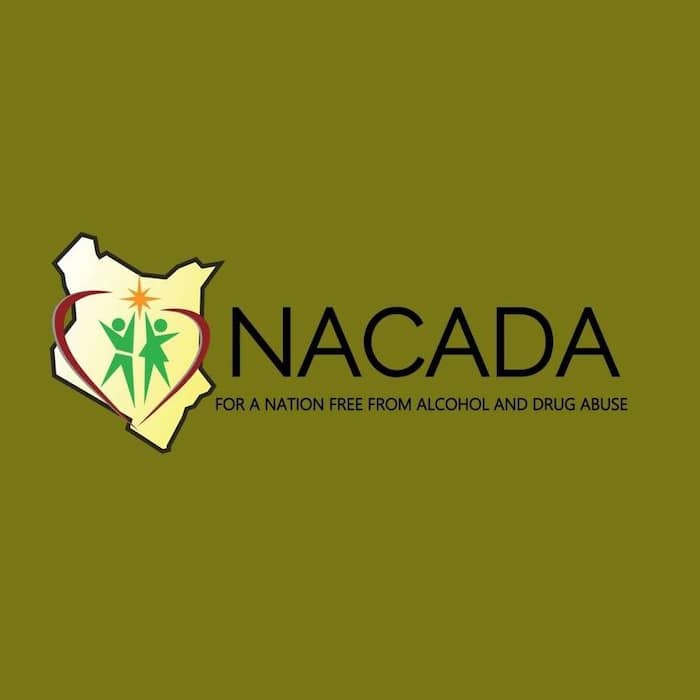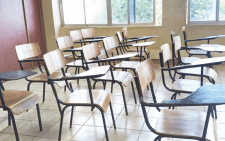Reign in liquor outlets to arrest alcoholism

As the country scales up the campaign against establishment of bars in residential areas, a crucial element that should not be forgotten is the wines and spirits outlets.
Truth be told, the proliferation of these alcohol dispensing outlets in and within areas of residence and near schools, is a pointer that we have a bigger problem with respect to access to alcohol even by minors.
Various studies have shown that neighbourhood accessibility and availability of alcohol products has been associated with increased alcohol consumption and harms among adolescents. This availability has been shown to be higher in neighborhoods with lower socio-economic status.
The World Health Organisation advises that governments should regulate the density of alcohol outlets and limit it where there is undue harm. It is advisable to avoid extending the days and hours of alcohol sales, and to curtail them further when certain neighbourhoods or communities experience increased alcohol-related harm.
Wines and spirits are normally granted a license known as General Retail Alcoholic drinks license (off license) which allows them to operate between 5pm and 8:30pm every day. This is according to the Fourth Schedule of the licensing regulations of the Alcoholic Drinks Control Act, popularly known as Mututho Law.
It is a fact that the widespread availability of alcohol outlets around schools and the lack of enforcement of policies that regulate this availability contributes to the normalisation of this substance and facilitates access to alcohol for students.
We can all attest to the fact that most wines and spirits outlets do not adhere to this policy requirement and most are open early in the mornings and sometimes even continue with their business late into the night or the next day.
Some have even gone to the extent of turning into full blown bars where patrons are hosted within the premises. In other words, most wines and spirits outlets across the country do not adhere to the laws in place whose stern enforcement is also lacking. The law actually allows for revocation of licenses to such premises, besides just shutting them down.
Higher availability of alcohol has been related with worse education performance and higher rates of school absenteeism. In addition, early initiation of alcohol consumption is a known risk factor for alcohol use disorder in adulthood.
It is also a fact that when communities increase the number of hours and days when alcohol can be sold in bars, restaurants, and liquor stores, the result is more drinking and more harms from drinking. Entrepreneurs consider the wines and spirits business lucrative due to the high demand for alcohol and enticing profit margins.
Data from various part of the country shows there has been an upsurge in licensed wines and spirits outlets. Some liquor boards in some counties even announced waivers in the liquor licenses last year citing vagaries of the Covid-19 pandemic as a supposed way of encouraging revival of businesses.
Commercial and public availability of alcohol can have a reciprocal influence on the social availability of alcohol and thus contribute to changing social and cultural norms that promotes harmful use of alcohol.
Communities can decide when and where alcohol can be sold by supporting laws that are proven to reduce excessive alcohol use and related harms to drinkers and others.
Regulating the availability of alcohol, including maintaining limits on the number of days and hours when alcohol can be sold, as well as the number of places that sell alcohol, are strategies proven to reduce many of the harmful outcomes of drinking too much alcohol, even for non-drinkers.
In addition to increasing beverage taxes or prices as a means to reduce alcohol accessibility, policymakers also may limit alcohol availability through laws and regulations that among others reduce physical access to alcohol by reducing numbers of outlets or limiting hours and days of sale.
—The writer is the Manager Corporate Communications, Nacada











